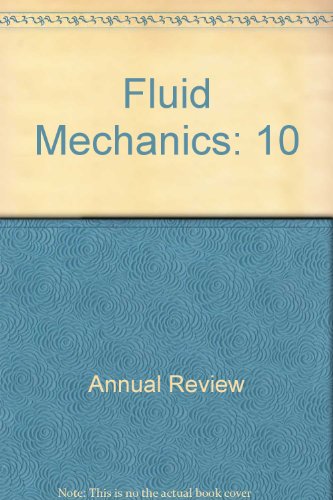Leonardo da Vinci and Fluid Mechanics
IF 25.4
1区 工程技术
Q1 MECHANICS
引用次数: 25
Abstract
This review focuses on Leonardo da Vinci's work and thought related to fluid mechanics as it is presented in a lifetime of notebooks, letters, and artwork. It shows how Leonardo's remaining works offer a complicated picture of unfinished, scattered, and frequently revisited hypotheses and conclusions. It argues that experimentation formed an important mechanism for Leonardo's thought about natural fluid flows, which was an innovation to the scientific thinking of his day, but which did not always lead him to the conclusions of modern fluid mechanics. It highlights the multiple and ambiguous meanings of turbulence in his works. It examines his thinking suggestive of modern concepts such as the no-slip condition, hydraulic jump, cardiovascular vortices, conservation of volume, and the distinctive path of ascending bubbles we now term Leonardo's paradox, among others. It demonstrates how Leonardo thought through analogies, building-block flow patterns, and synthesis, leading both to successes—especially in the management of water—and to failures, perhaps most obviously in his pursuit of human flight.达·芬奇与流体力学
这篇综述的重点是列奥纳多·达·芬奇与流体力学有关的工作和思想,因为它出现在他一生的笔记本、信件和艺术品中。它展示了莱昂纳多的剩余作品如何提供一幅未完成、零散且经常被重新审视的假设和结论的复杂画面。它认为,实验形成了莱昂纳多关于自然流体流动思想的重要机制,这是他那个时代科学思想的创新,但并不总是使他得出现代流体力学的结论。这突出了他作品中动荡的多重而模糊的含义。它考察了他的思想,这些思想暗示了现代概念,如防滑条件、水力跳跃、心血管涡流、体积守恒,以及我们现在称之为莱昂纳多悖论的独特上升气泡路径等。它展示了莱昂纳多是如何通过类比、构建块流模式和综合进行思考的,导致了成功——尤其是在水的管理方面——以及失败,也许最明显的是在他追求人类飞行的过程中。
本文章由计算机程序翻译,如有差异,请以英文原文为准。
求助全文
约1分钟内获得全文
求助全文
来源期刊
CiteScore
54.00
自引率
0.40%
发文量
43
期刊介绍:
The Annual Review of Fluid Mechanics is a longstanding publication dating back to 1969 that explores noteworthy advancements in the field of fluid mechanics. Its comprehensive coverage includes various topics such as the historical and foundational aspects of fluid mechanics, non-newtonian fluids and rheology, both incompressible and compressible fluids, plasma flow, flow stability, multi-phase flows, heat and species transport, fluid flow control, combustion, turbulence, shock waves, and explosions.
Recently, an important development has occurred for this journal. It has transitioned from a gated access model to an open access platform through Annual Reviews' innovative Subscribe to Open program. Consequently, all articles published in the current volume are now freely accessible to the public under a Creative Commons Attribution (CC BY) license.
This new approach not only ensures broader dissemination of research in fluid mechanics but also fosters a more inclusive and collaborative scientific community.

 求助内容:
求助内容: 应助结果提醒方式:
应助结果提醒方式:


